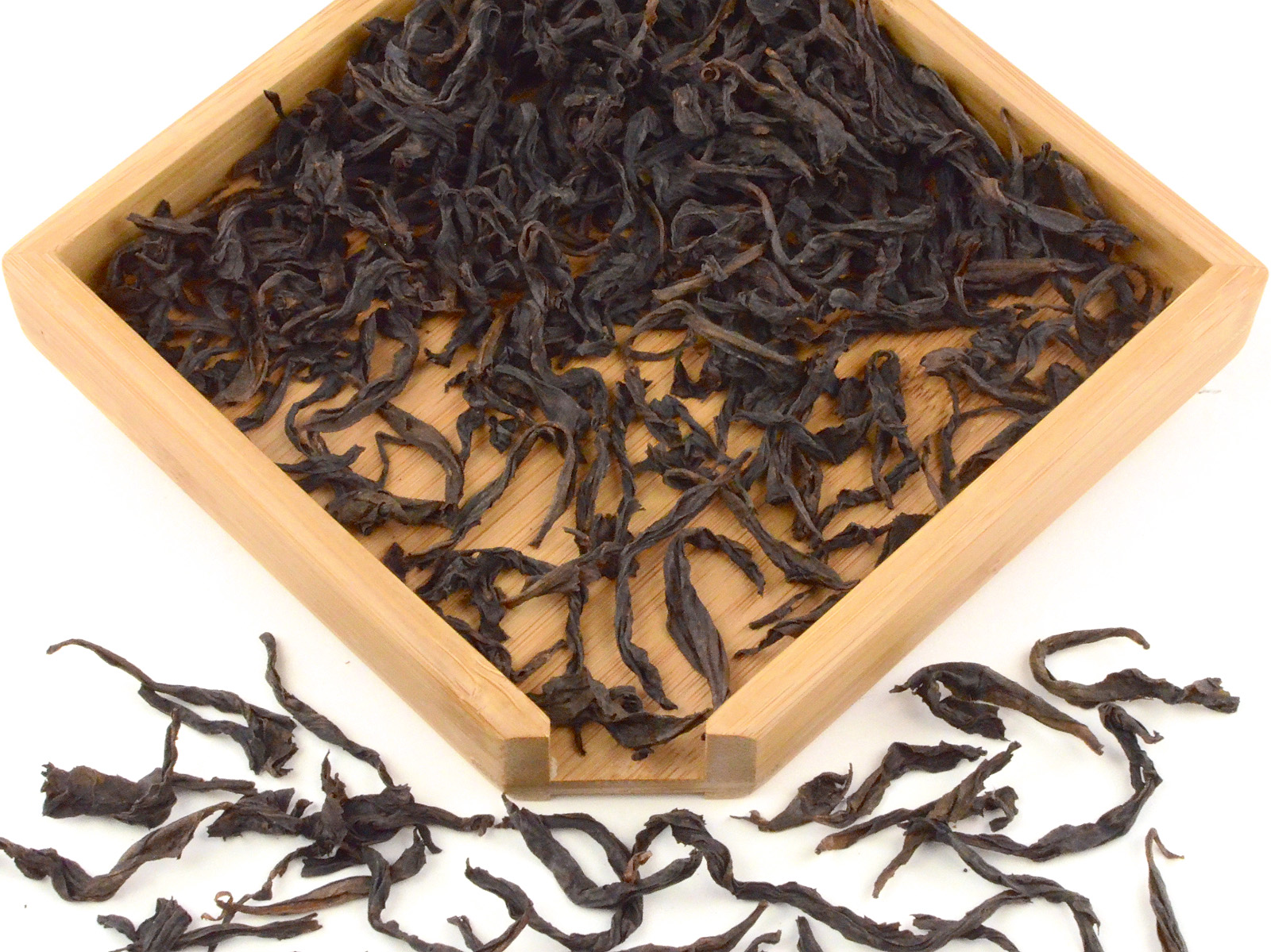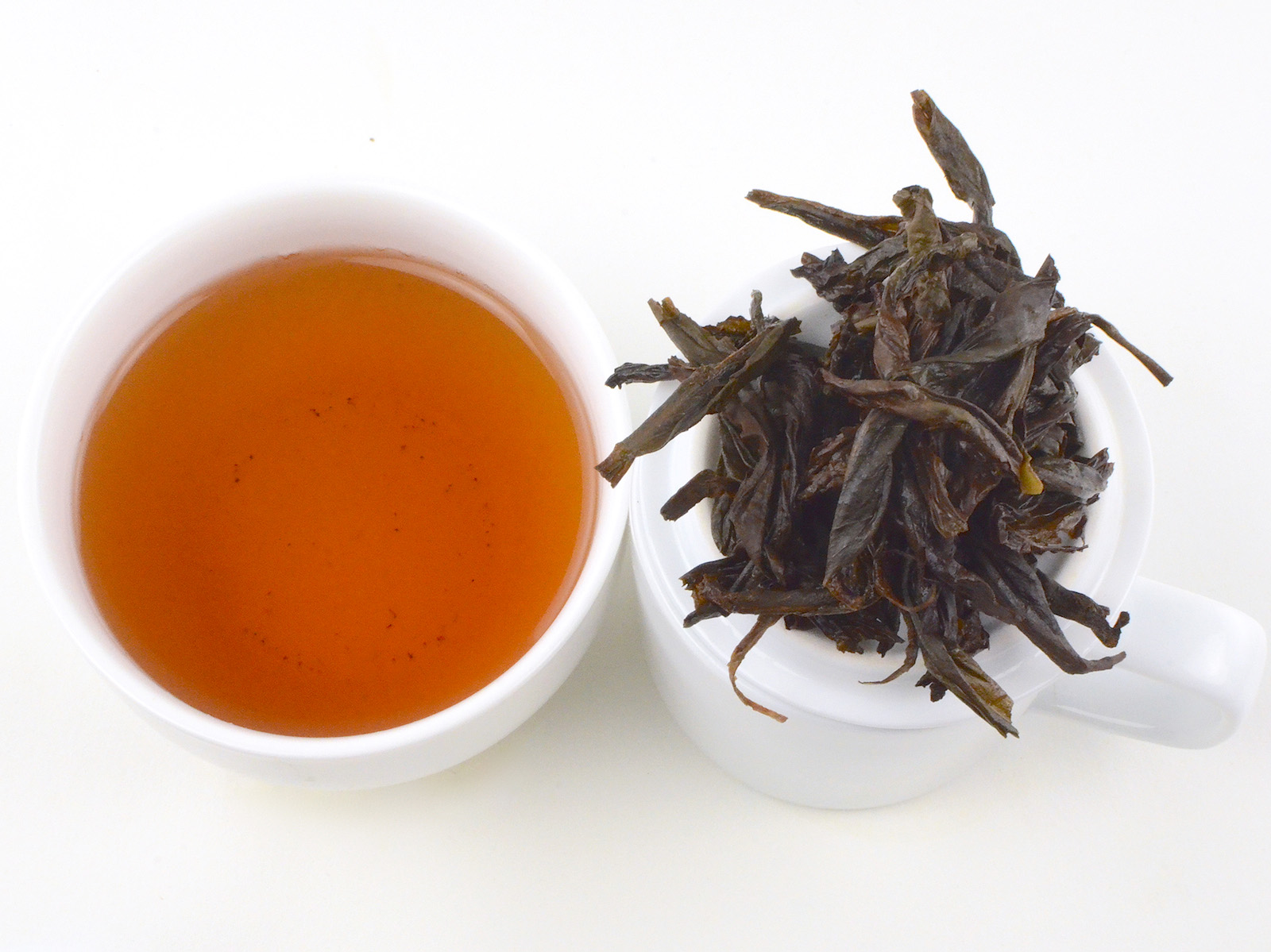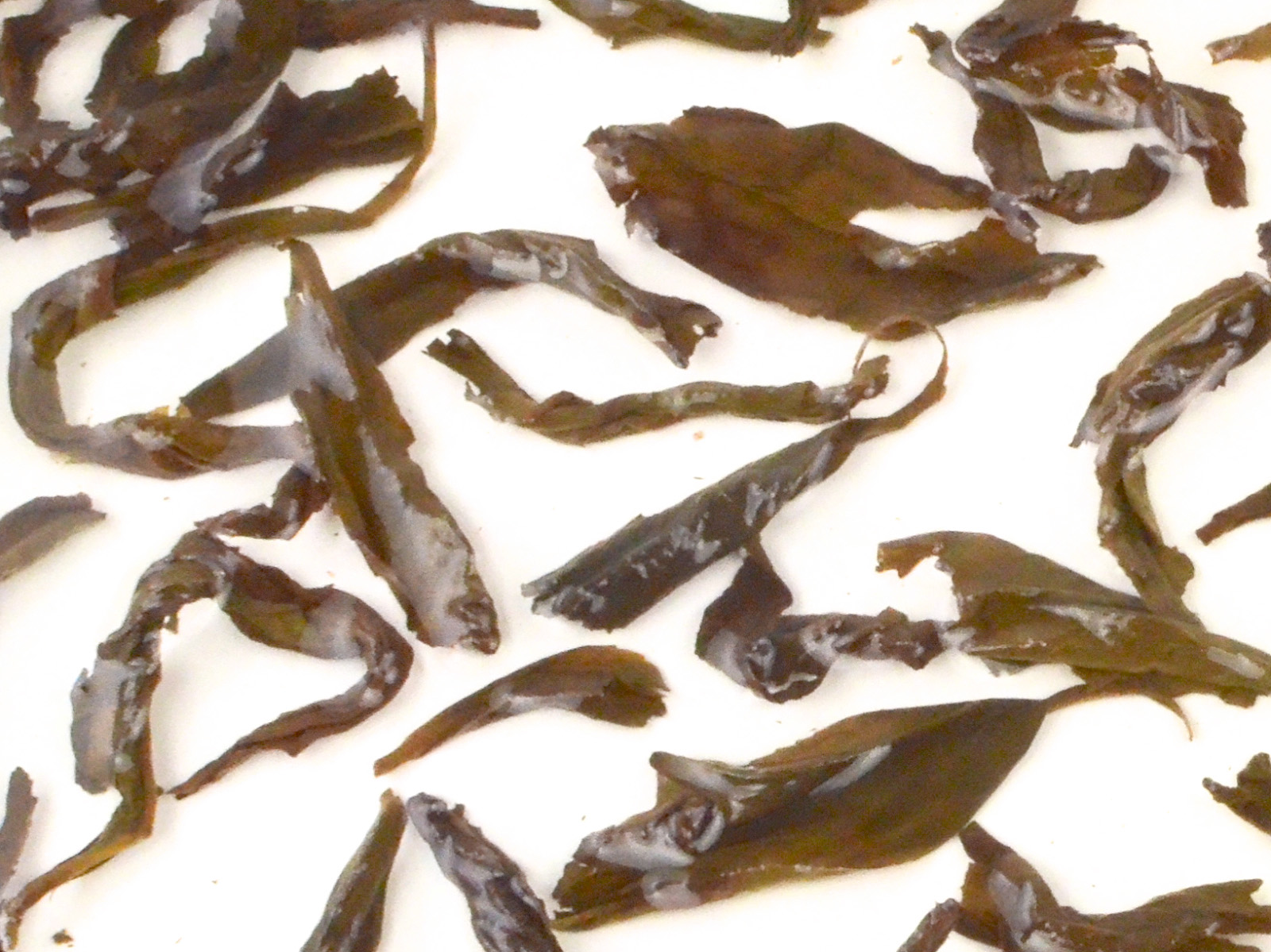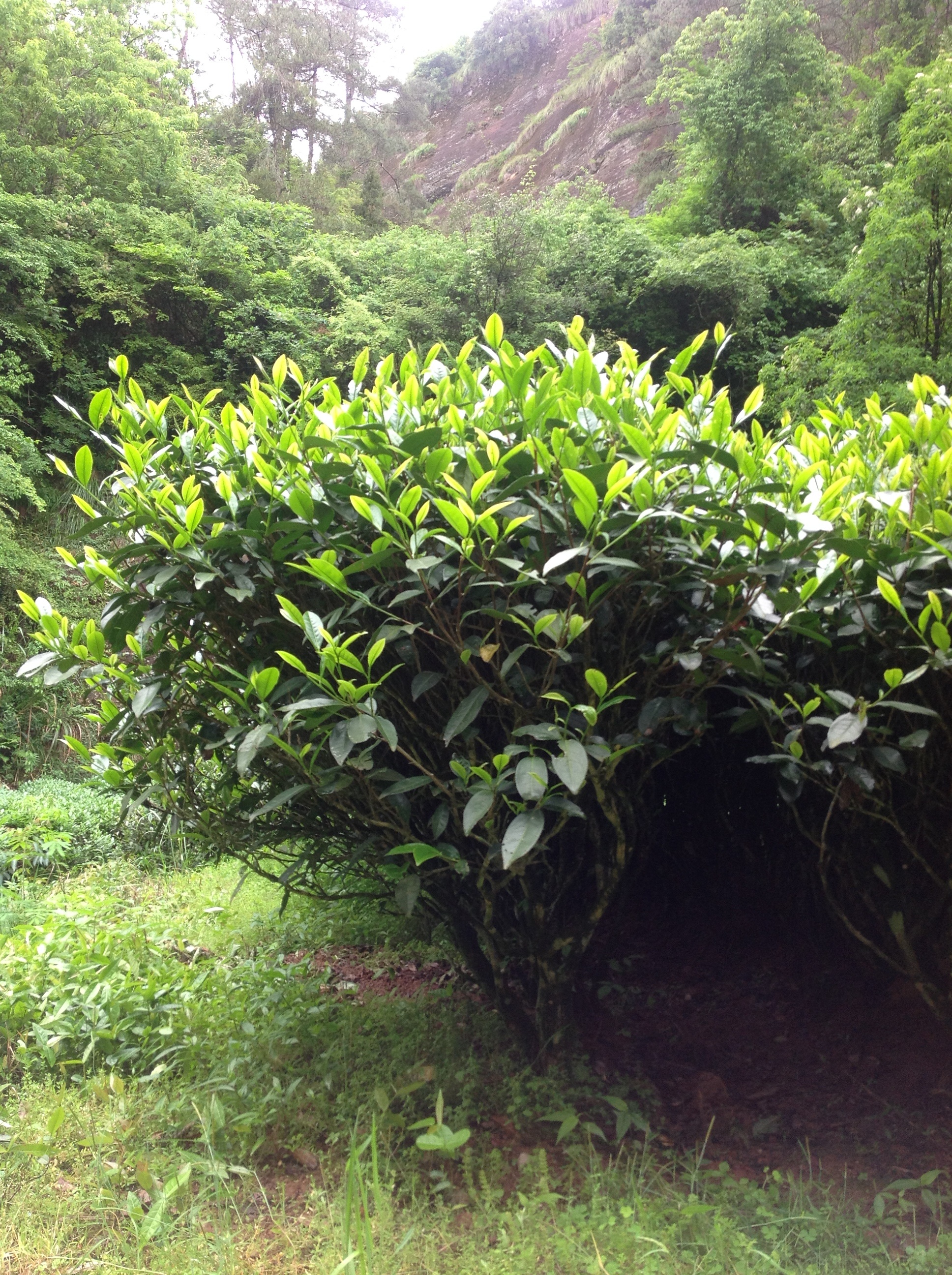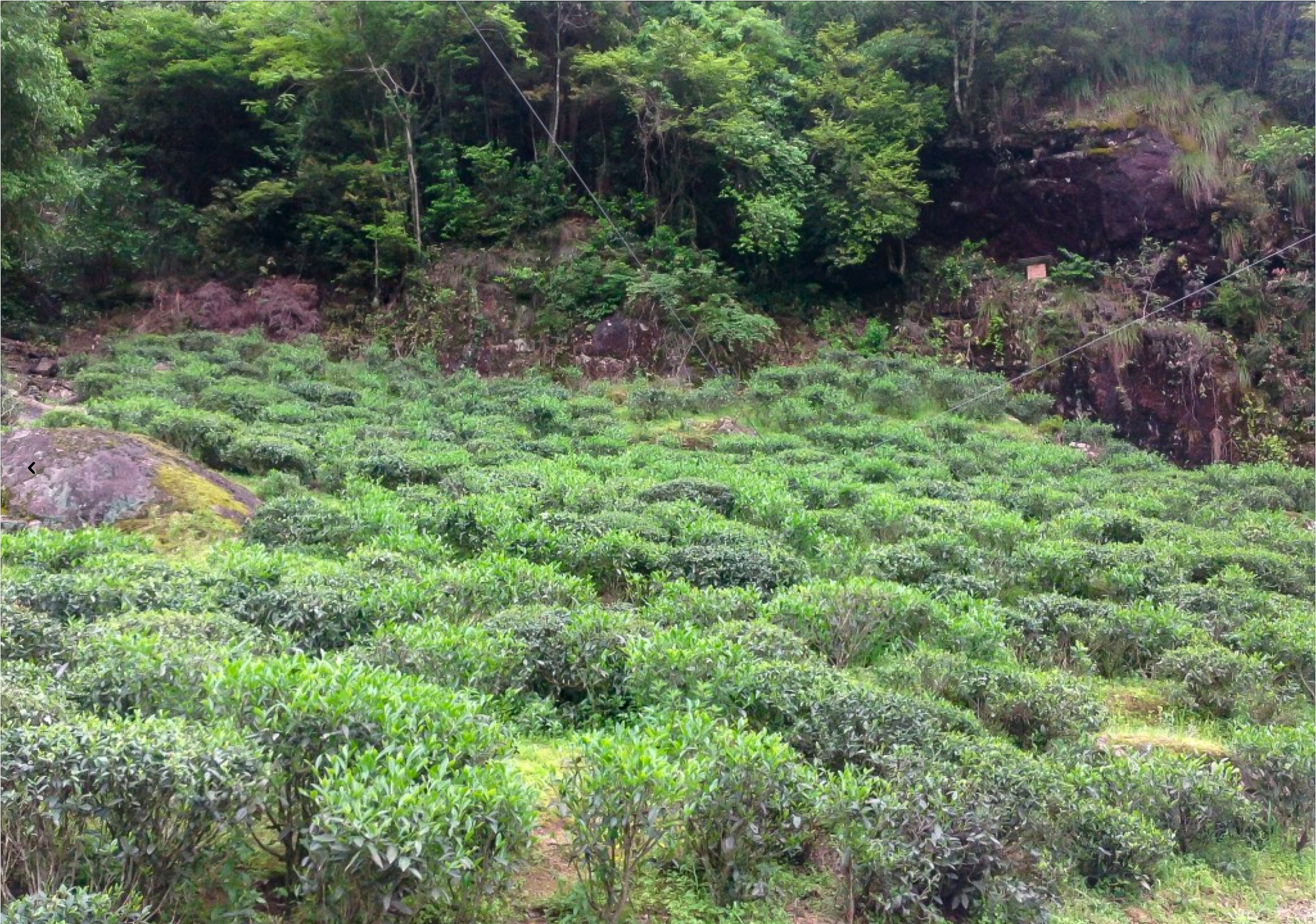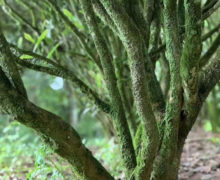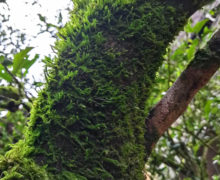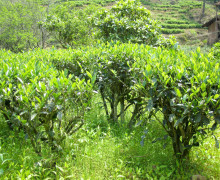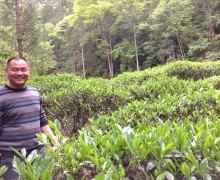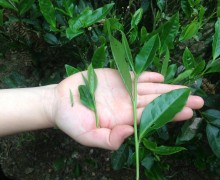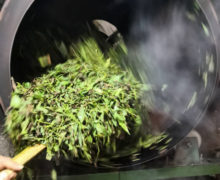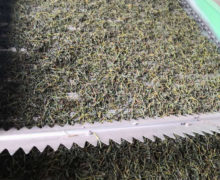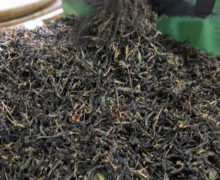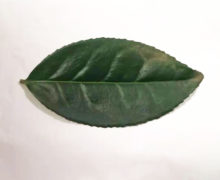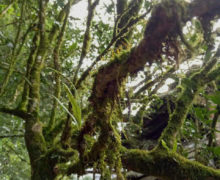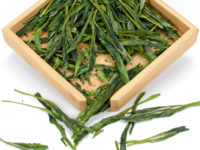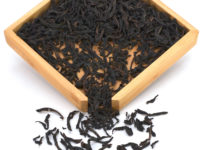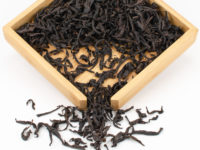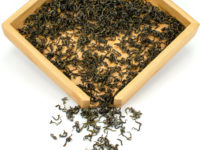Laocong Shuixian (Old Bush Narcissus)
Rock Wulong Tea 2024
A truly distinctive high-end rock wulong that showcases the unique character of teas made from mature tea plants. Made from old-growth Shuixian tea bushes on average 60 years old. Mature plants provide a smoother, more layered full flavor and more complex nutrition than tea made from younger plants. Fragrant wood and toasted grain aromatics accompany a soft body with persistent minerality and sweetness that intensifies with each sip.
The floaty, soft sweetness of 2024’s Old Bush Shuixian belies its true depth until its thickly layered flavors build up and return with powerful and lingering incense aromatics, all while remaining as smooth as a draught of spring water.
- Tea Origin
- Wuyishan City, Fujian Province, China
- Tea Bush
- Laocong Shuixian (Old Bush Narcissus)
- Tea Maker
- Zhou Yousheng and Huang Shiying
- Harvest Time
- Early May
- Plucking Standard
- Zhong kai mian
A truly distinctive high-end rock wulong that showcases the unique character of teas made from mature tea plants. Made from old growth Shuixian tea bushes on average 60 years old. Mature plants provide a smoother, more layered full flavor and more complex nutrition than tea made from younger plants. Fragrant wood and toasted grain aromatics accompany a soft body with persistent minerality and sweetness that intensifies with each sip.
Old growth Shuixian tea bushes in Wuyishan
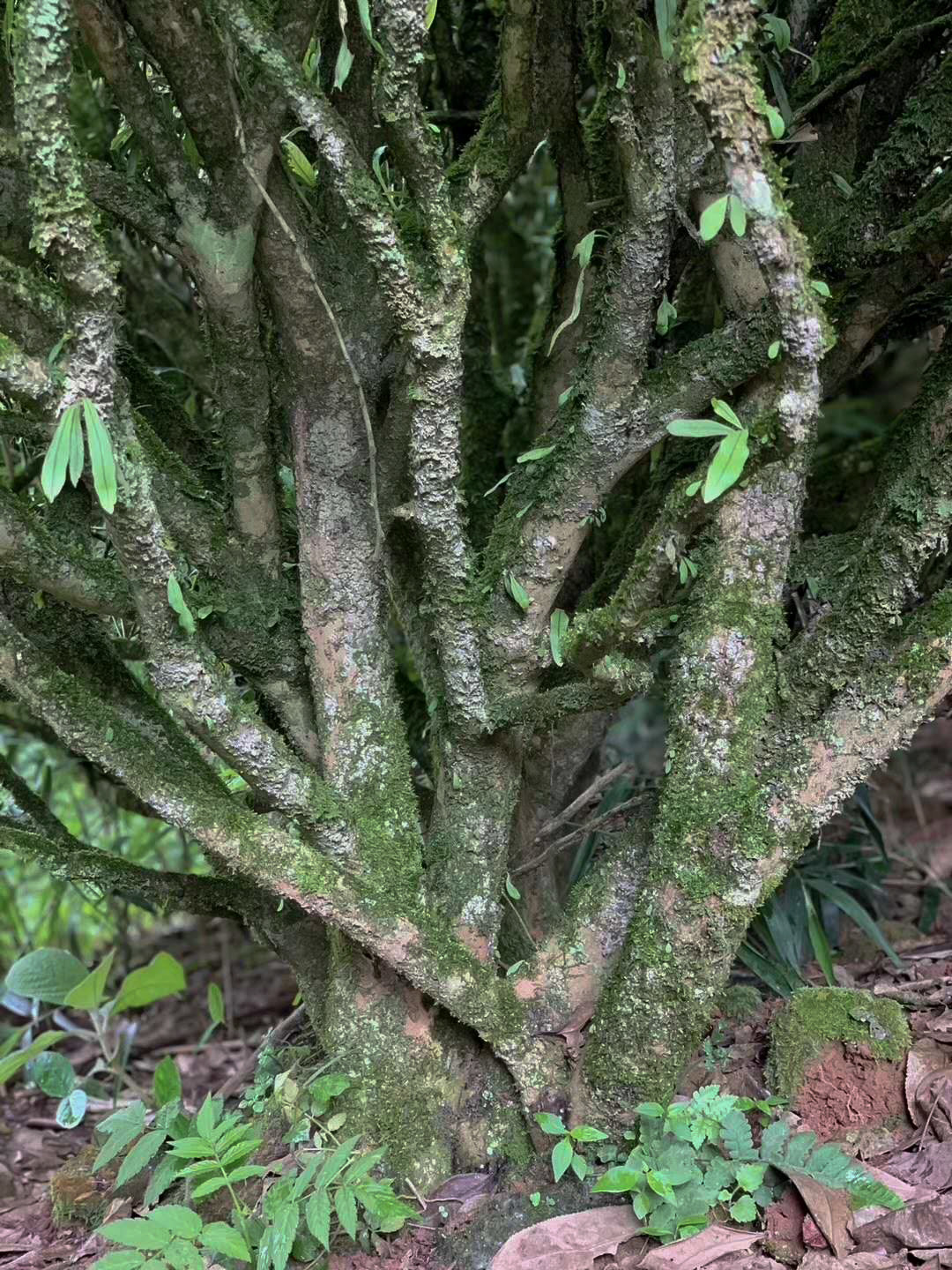
Old tea bushes like these that are over 60 years old are now a rarity in Wuyishan. Since tea farmers now prefer to grow younger bushes for a larger harvest, few old bushes remain. Shuixian (Narcissus) is actually the oldest type of tea bush that we can still enjoy from Wuyishan.
Tea made from older tea bushes creates a slippery feeling in your throat similar to that of a good puer made from old tea trees. There is a distinct sweetness and softness that can be detected from tea that is made from aged bushes. By contrast, tea made from young bushes tend to bestow a heavy mouthfeel. According to Chinese medicine, when bushes age, the leaves are treated as a high end herbal for daily care that are thought to work more thoroughly on the body.
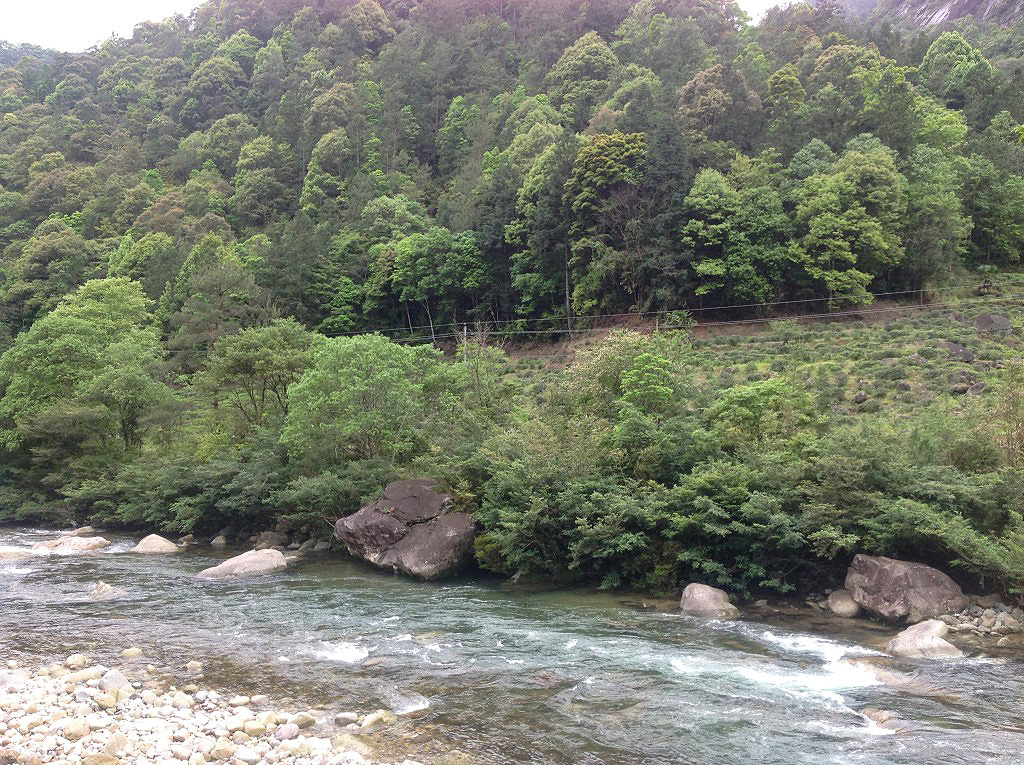
You often need two people and a small ladder to harvest leaves from old bushes. These old growth tea bushes are tall and not trimmed. To pick the best spring tea, you must select from the leaves at the end of the branches.
Processing Laocong Shuixian
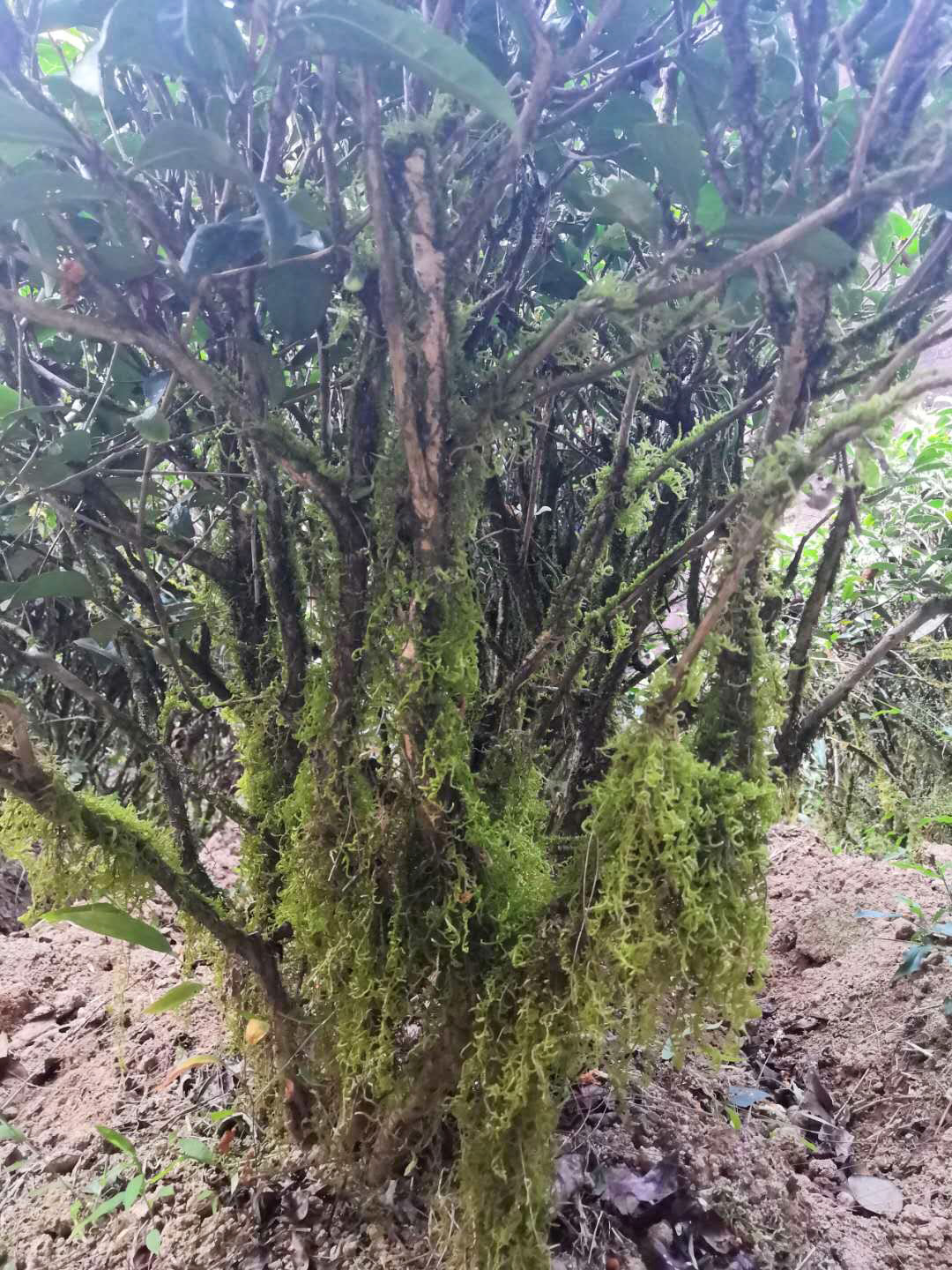
Freshly plucked leaves are carried back to the factory in large bamboo baskets and left to wither in the sunshine for about 2-3 hours. For this tea, oxidation is accomplished by the traditional “tray shaking” method rather than a mechanized tumbler. The traditional method requires the tea master to spread the leaves on bamboo trays to naturally oxidize and shake them by hand every half an hour or so. This gently bruises the leaves, breaking open some of the cells of the surface as well as the edges of the leaves. During this natural oxidation process, the fresh tea’s aroma fills the factory. This is a very busy time for the tea master, who will monitor the oxidizing leaves constantly to make sure their oxidation is stopped at just the right time.
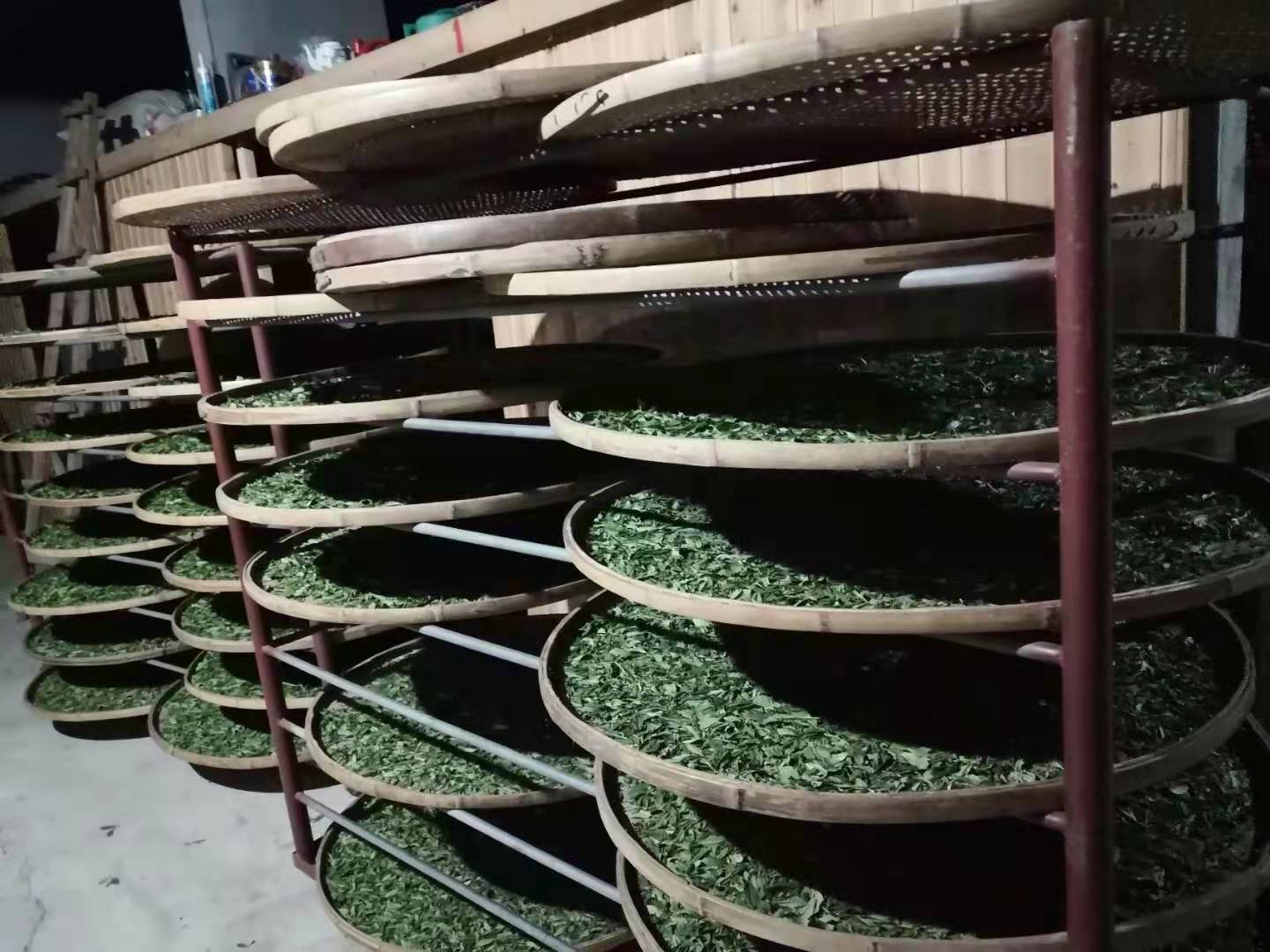
Once oxidized to the right degree, the leaves are sent through a very hot rolling oven (210°C) for 7-10 minutes in order to stop the oxidation. Afterward, the leaves get sent through a kneading machine which compresses and kneads the leaves into their long twisted shape. The leaves are then dried in a large oven to make the mao cha. The mao cha is already completely dried, but still has the sprigs and unopened leaves in it that need to be sorted out before undergoing another roasting again. After the harvest is over, they will sort out all the broken pieces and sprigs and send the good, full leaves for roasting.
The wulong is roasted several times in large batches in bamboo drums that hold it above a traditional charcoal fire smothered with ash to control the temperature. The leaves are roasted for about 8-12 hours, depending on the weather. The first roasting temperature is usually higher, about 100-110°C. After the first roast, the leaves are left to rest for 20-30 days, depending on the weather. This rest period allows some of the heavy smokiness from the charcoal to dissipate and lets the effects of the roast permeate to the center of the whole leaf. For the second roast, the temperature is lower, around 80-90°C. If the weather is bad, they will roast the tea for a third time after about another month. Then the tea will be completely finished.
What made the distinctive Shuixian bush so prevalent in Wuyishan
Shuixian wulong got its name from its wonderful floral aroma reminiscent of blooming narcissus flowers. At the end of the Qing Dynasty tea farmers began to cultivate it in Wuyi Mountain in Fujian Province because of its rich flavor and excellent aroma. Like Rougui, Shuixian is very resilient to extreme temperatures and easy to grow. The leaves are also very large compared to other bushes, making it an ideal bush for producing larger quantities of tea. It is also added to many other types of Wuyi tea blends because of the strong flavor and aroma. Shui Xian and Rougui are the most predominant cultivars of tea plant that are grown in the Wuyishan region.
Note: This tea is Minbei Shuixian, not to be confused with the Fenghuang Shuixian, the Dan Cong Wulong.
No chemical fertilizer, pesticide, or herbicide was used in the production of this tea. Click here to read more about our promise to fair trade and the environment.

